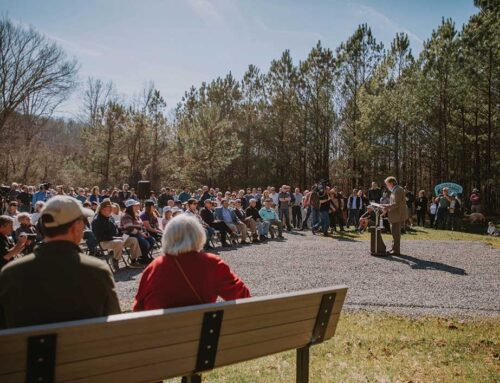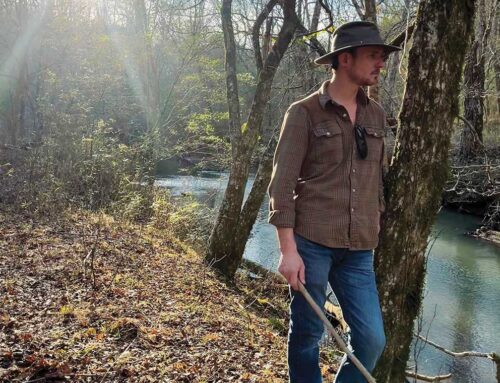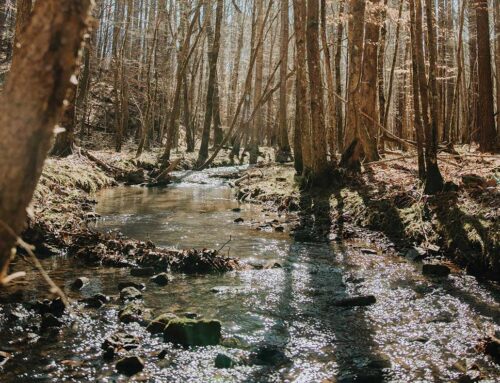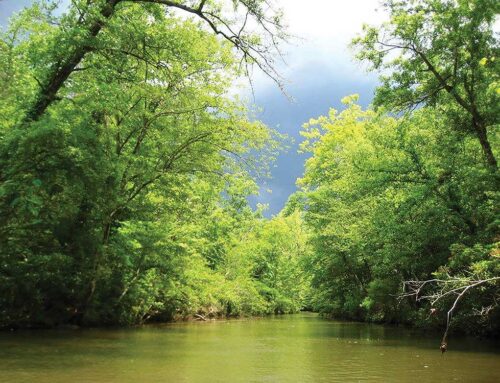Landscaping to protect and preserve
Story by Roxann Edsall
Photos by Mackenzie Free
and Roxann Edsall
Submitted photos
It may look like just an ordinary landscaping job to many who park at the Big Canoe Creek Nature Preserve in Springville. There, in the middle of the parking area, is an island of landscaping. Lovely, but on the surface, unremarkable. It is, however, quite remarkable.
This is a bioswale, a highly efficient and aesthetically pleasing landscape engineering tool, whose job is to control stormwater and its resulting erosion and to limit the transference of pollutants. It functions a bit like a stormwater detention basin, but it looks far better.
Why is it needed? In areas with solid surfaces, like roads, driveways, and like BCCNP’s parking lot, storm water is not able to soak in, so it runs off, taking pollutants like oils, pesticides, micro garbage and cigarette butts with it. With enough rain, the volume of water takes these pollutants to grassy areas and to creeks.
Enter the bioswale. Graded to be lower than the rest of the parking area, it is essentially a trench, into which all the rainwater funnels. The trench contains perforated drainage pipes and layers of gravel, sand and organic materials to filter the pollutants before they are absorbed into the ground soil.
Flood and drought resistant plants are then placed into the area to keep the filter materials in place. Domed metal grates are tucked into planting areas on either end of the planting area to handle extreme volumes of water.
Granger Waid, vice president of Norris Paving and Excavating, worked with Joey Breighner and Schoel Engineering on the design and installation of BCCNP’s bioswale.
For full story, check it out at Discover The Essence of St. Clair Magazine online here.






